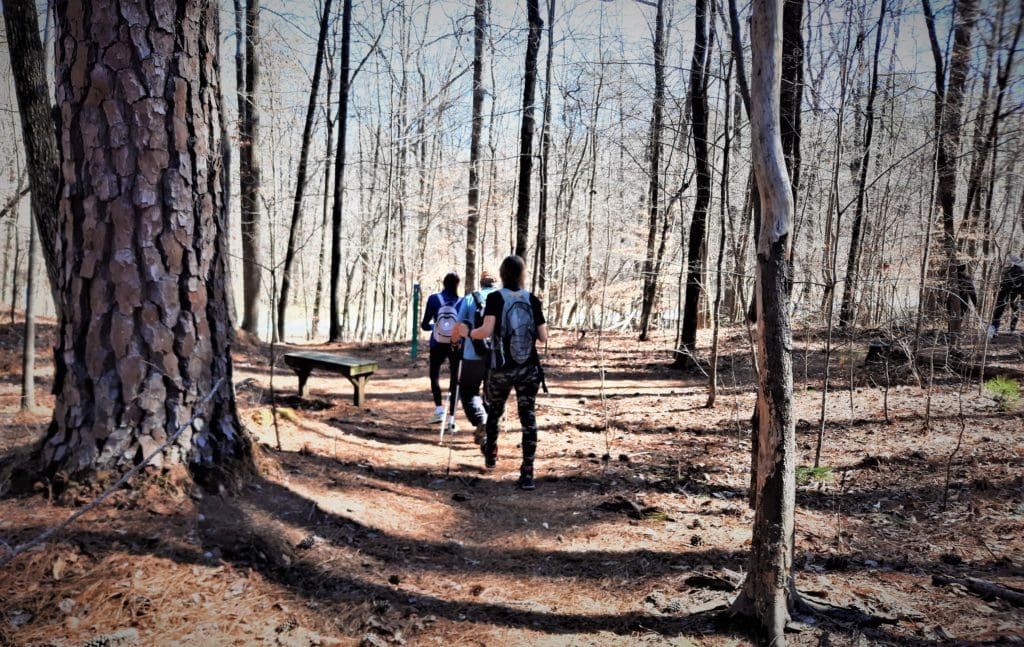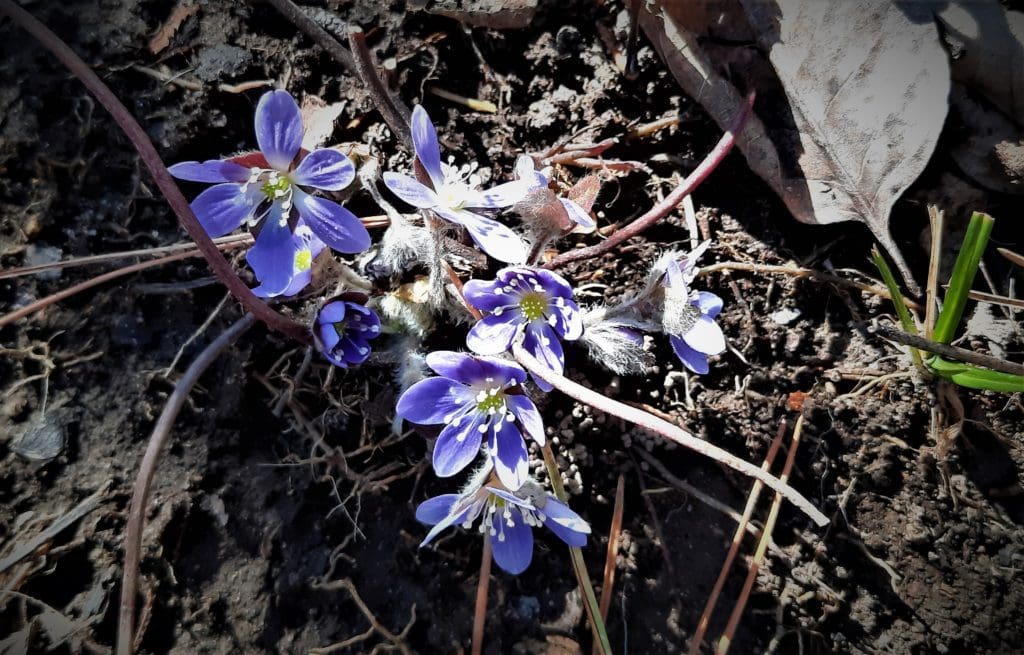Most recently updated January 21st, 2024
Estimated Reading Time: 2.3 minutes
– – I started the Awesome hike training again this first Sunday, with a 30 minute Yoga/Pilates routine followed by a short 5.5mile hike in Umstead State Park.
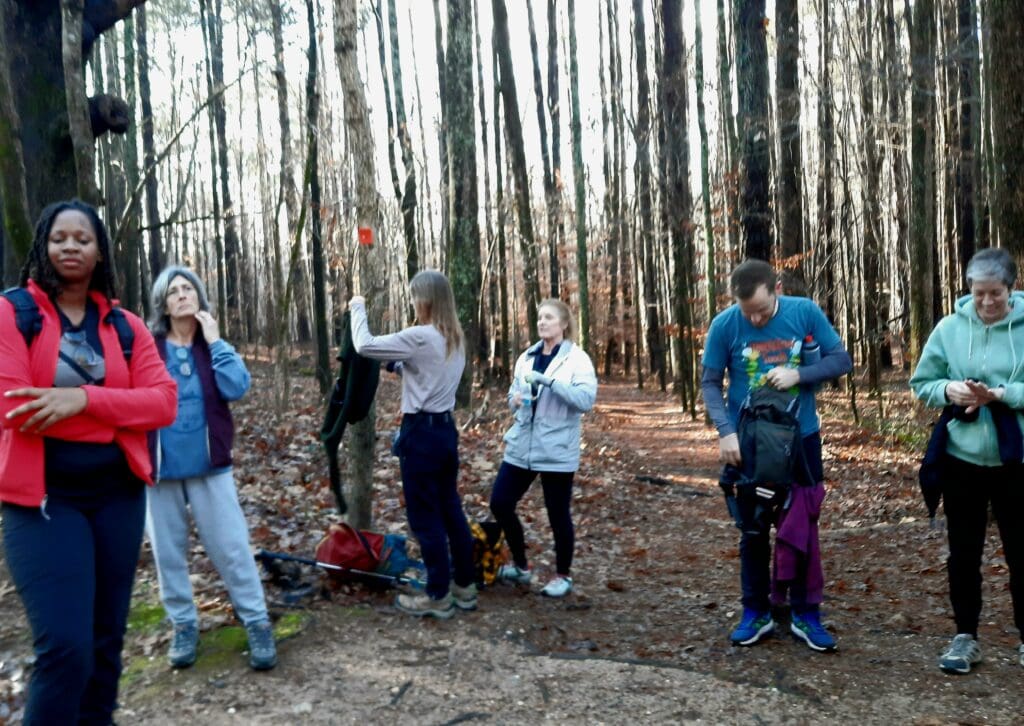
This was my first hike back after an extended respiratory illness – I’m still not anywhere near 100% – and my great group of hikers were incredibly kind.
And by that I mean, they didn’t hurt me 😉
The next couple of days, since I was still recovering from sinus and chest congestion, I thought it would be prudent to stay out of the cold and rain.
So, Monday I spent some time in my home gym, first with some stretches, then hiking 3 miles briskly on my treadmill uphill as far as it would incline.
It took about 45 minutes, with no weight in my pack this time.
Then I spent some time revving up my old Pilates routine!
What is Pilates?
Pilates is a type of workout that involves simple repetitive exercises to increase muscle strength, endurance, and flexibility.
I first started doing Pilates (though I didn’t know it at the time) when the Director of my undergrad Modern Dance troupe held 45 minute Pilates warmups prior to each rehearsal.
Though there is some focus on breath-work, Pilates exercises don’t require a lot of cardio, which makes it a perfect way to get some strength exercise while I’m coming back from respiratory illness.
Even though my college days are long behind me, Pilates exercises have been around for even longer than that!
Joseph Pilates first developed the Pilates method and introduced his physical and mental conditioning to soldiers overseas during World War I. He then brought the exercise program to the United States in 1923.
Tuesday was extremely rainy all day, so I went for another Pilates workout, and later – when I couldn’t take it anymore – took a short greenway hike on my own in-between the cold raindrops.
Wednesday brought another indoor workout due to bad weather: another Pilates warmup, followed by a vigorous 3.5mile uphill hike on the treadmill with a weighted pack on my back.
It felt great to break a sweat – even if it was indoors in my home gym 🙂
Pilates Method History
To create his exercise method, Joseph Pilates studied and incorporated aspects of yoga, martial arts, Zen meditation, plus Greek/Roman exercise.
Pilates was plagued by asthma and rickets as a child, so he initially used his exercise method to strengthen his own frail body.
Later, while serving as an orderly in a hospital on the Isle of Man towards the end of World War I, Pilates began using his method for therapeutic rehabilitation on non-ambulatory soldiers.

To do this, he attached springs to hospital beds to support the patient’s limbs while he worked them. Unique at the time, Pilates’ supported therapy method allowed movement early in the rehabilitation process.
After some time, the doctors noticed that the patients treated with the Pilates method seemed to recover more rapidly.
How Do You Do Pilates?
The Pilates program consists of 50 repetitive, simple exercises that involve muscle exertion.
Like Yoga, Pilates exercises are usually performed on a mat. In the mat class, participants sit or lie prone and use gravity to help stabilize the core.
Body weight is the main resistance used throughout the series of Pilates mat exercises.
Each exercise starts with stabilizing your core muscles (the abdominal, gluteal, and para-spinal muscles) and then goes through a controlled range of motion, and repeated as desired.
The Pilates Curl
The Pilates Curl is the most basic of the Pilates exercises, and is used to engage the core muscles at the beginning of each session.
To perform a Pilates curl, follow these steps:
-
-
-
- Lie on the back with knees bent, arms at the sides, and feet flat on the floor.
- Breathe out, curling the chin to the chest and bringing the shoulders off the mat.
- Hold for a moment, and then lower back down to the mat slowly.
- Lift from the chest to use the abdominal muscles and avoid crunching the neck.
-
-
I use the Pilates Curl as a basis to perform ~200 curl crunches each day (in 4 different positions) to strengthen and flatten my core, without straining my neck and back.
You can find Pilates classes online and offered in gyms, as well, if you’d like to try it out!
Thursday I was back in the woods, trying to lead a 7 mile hike I had planned for the Loblolly trail.
Unfortunately,, it had rained so much, the creek was impassable, so we rerouted.
We still had a great 7-ish mile hike, and no one had to fall in the creek 🙂
Friday it was back indoors with some Pilates, another 3 mile treadmill hike – only this time with no pack- and I added on 20 minutes on my Mountain Climber to practice vertical gain.
Pilates vs Yoga
There are significant differences between Pilates and yoga, both in origin and purpose.
-
-
- While Pilates dates back to WWI, yoga dates back to ancient India.
- Pilates works to control mind-body coordination, while yoga strives to integrate the mind, body, and spirit.
-
Scientists have conducted very little research comparing the benefits of yoga and Pilates.
However, there are some existing studies on the topic:
A 2020 study involving 28 people with multiple sclerosis compared the effects of Pilates and yoga. It found that both produced benefits in walking and breathing, but Pilates was superior in increasing:
-
-
-
- balance confidence
- walking speed
- quality of life
-
-
Data from a different 2015 study of 56 patients with ongoing neck pain found that the two fitness programs were equally effective in reducing pain and disability.
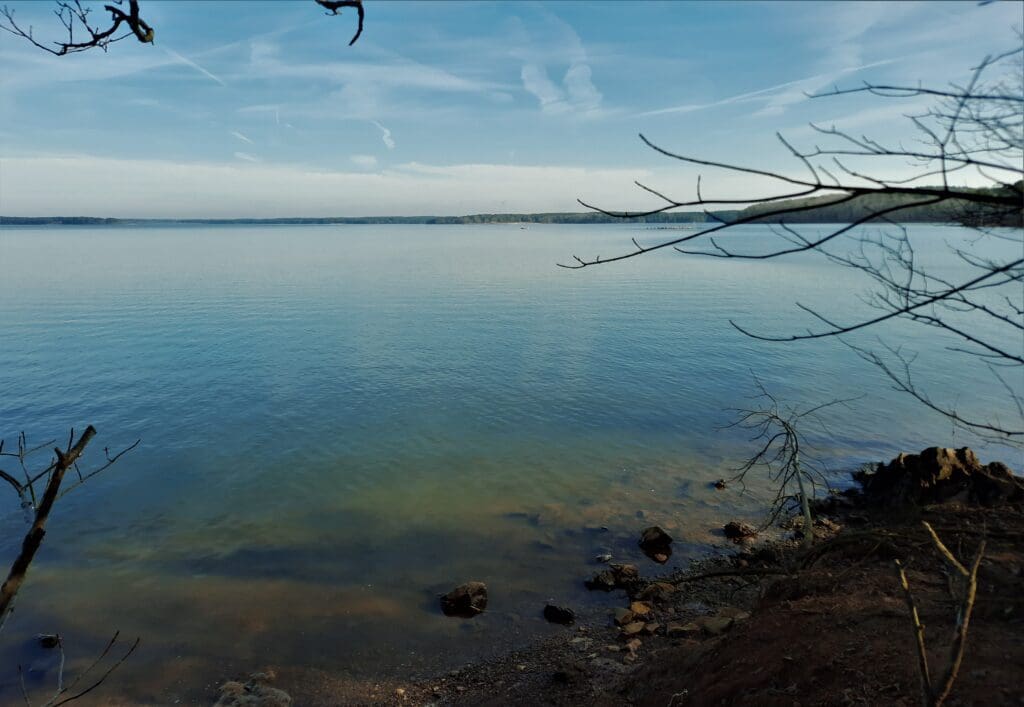
Saturday was another Pilates workout followed by a 3-mile uphill treadmill hike with 10lb pack early in the day.
Later, I walked a quick , frozen 2 miles in the woods with That Man and the dog.
I ended the week still not my normal self, but maintaining and slowly getting better – which is what this training is all about! 🙂
About Wall Pilates and Chair Yoga
Wall Pilates has emerged as the latest fitness trend in this year’s “New Year New You” season, popping up in every social media feed, promising you’ll look just like the girls in the videos if only you sign up for personalized subscription!

I think the only thing you can know for sure is that you’ll no longer have your money, and that you’ll have a pretty hard time cancelling your automatically-renewing subscription.
Don’t get me wrong, any exercise is better than no exercise, and if you stick to it, you could be in great shape!
Honestly, though, I don’t see the benefit of Wall Pilates over just doing regular Pilates exercises.
The only difference in the exercise is that Wall Pilates uses a wall as a prop as you complete certain moves, in theory creating extra leverage and support as you do traditional Pilates exercises, like glute bridges, lunges, and leg circles.
As long as we’re talking about new modifications of exercise, we should mention Chair Yoga.
This is another New Year fitness craze that’s been showing up in my social media feeds. (How old do they think I am, anyway?)
This exercise is really meant for people with mobility issues or who have trouble standing up and holding their own weight, due to injury/illness or old age.
Chair yoga involves poseslike twists, hip stretches and bends that are modified to be done while sitting in a chair (or, sometimes, standing while using the chair for support).
Aside from just promoting movement in people who are basically sedentary, chair yoga can also be a good quick stretch if you’re stuck in an office chair for hours at a time.
If you’re injured or making your way back from an illness, this is a very basic place to start, and is certainly better than not moving at all!
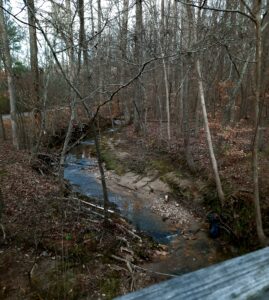
This week, I did a couple of shorter outdoor hikes, several weighted uphill indoor treadmill hikes, and long-form Pilates or at least stretches every day.
My activity was somewhat limited due to both my lingering illness and the weather.
And now at the end of the first week…
I’m pretty much the same. Maybe a little bit better? IDK.
Logically, I know it will take longer than a week to see or feel any difference in my fitness, especially while I’m still trying to get well from a long illness.
It’s okay, though. As my kickboxing instructor says, “If you’re moving, you’re doing it!” And tomorrow is another day!
So I’ll just keep going and try not to hork up a lung….
NEW: Track Your “Awesome” Progress at Home!
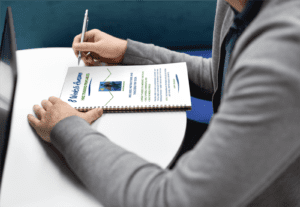
You’ll get instructions and three printable trackers:
-
- Your Hike Plan Worksheet
- Daily & Weekly Workouts
- Weekly Meals tracker
A download link in your confirmation email let’s you get started right away. Happy training! LJ

I hope you’ve found my Training Log ramblings to be helpful- or at least amusing! 🙂 To see more of them go to my Training Log.
You could also take a look at my 8 Weeks to Awesome Training Plan post, if you want to see what kind of training I’m doing.
Thanks for stopping by – see you next time! LJ
To get New Idratherwalk Posts
sent directly to your inbox (how convenient!) Click this Button!
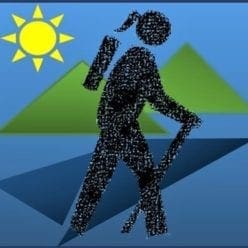





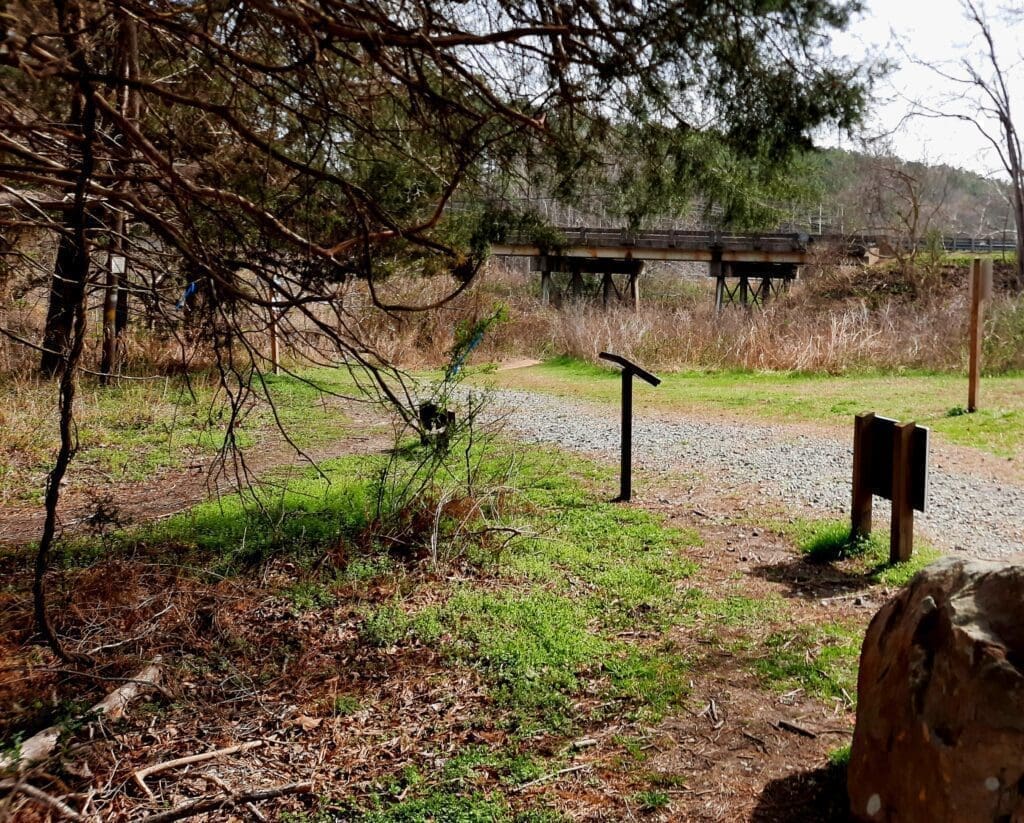
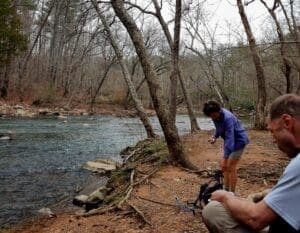
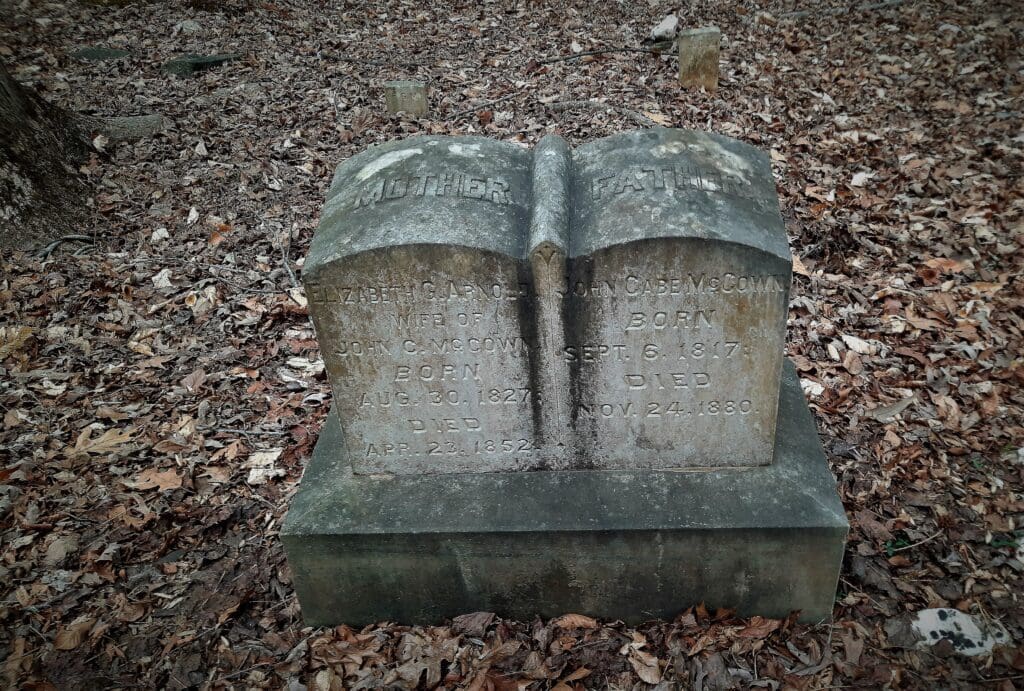

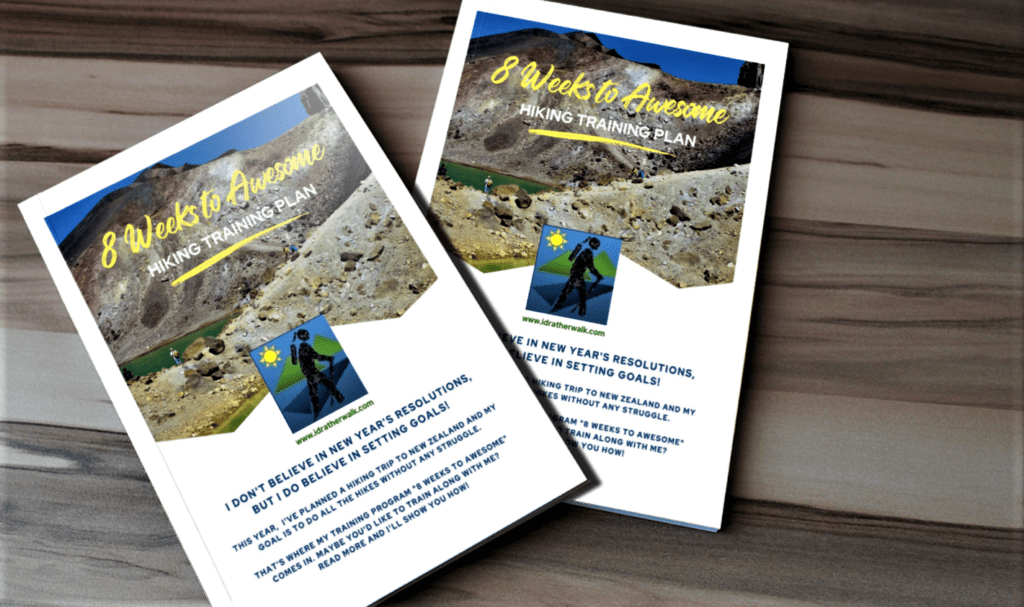
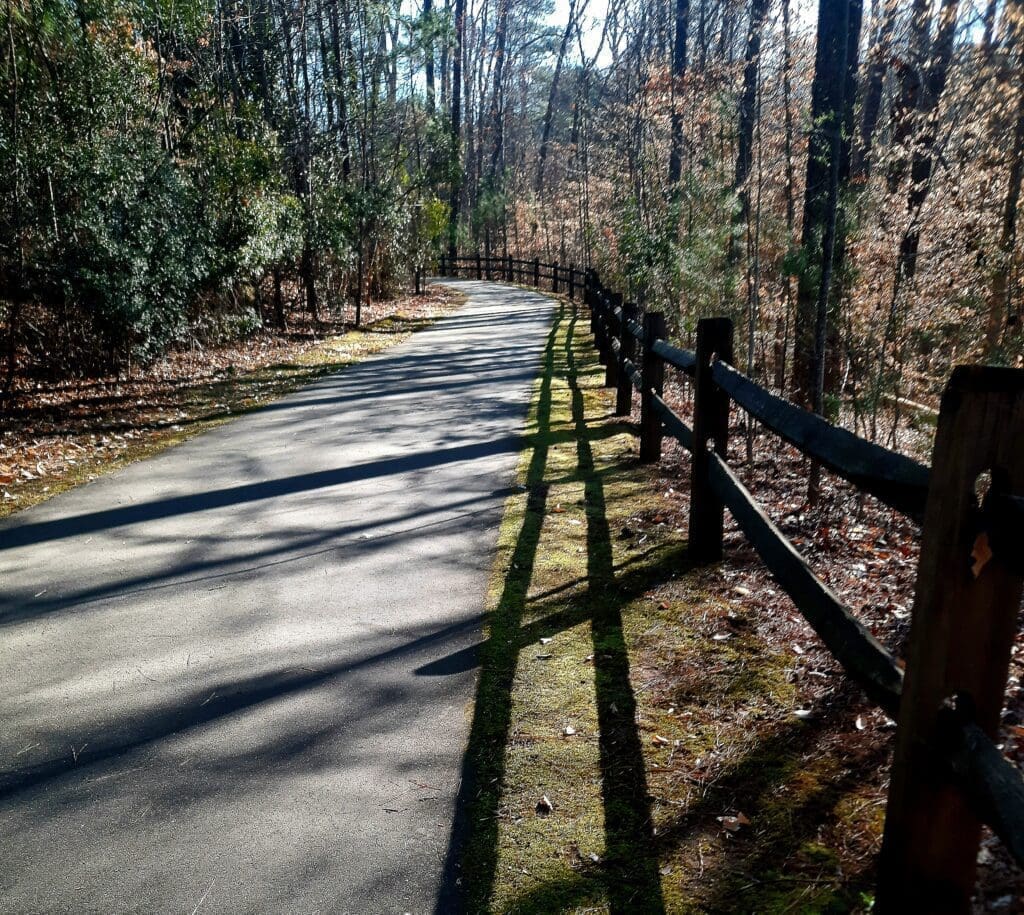
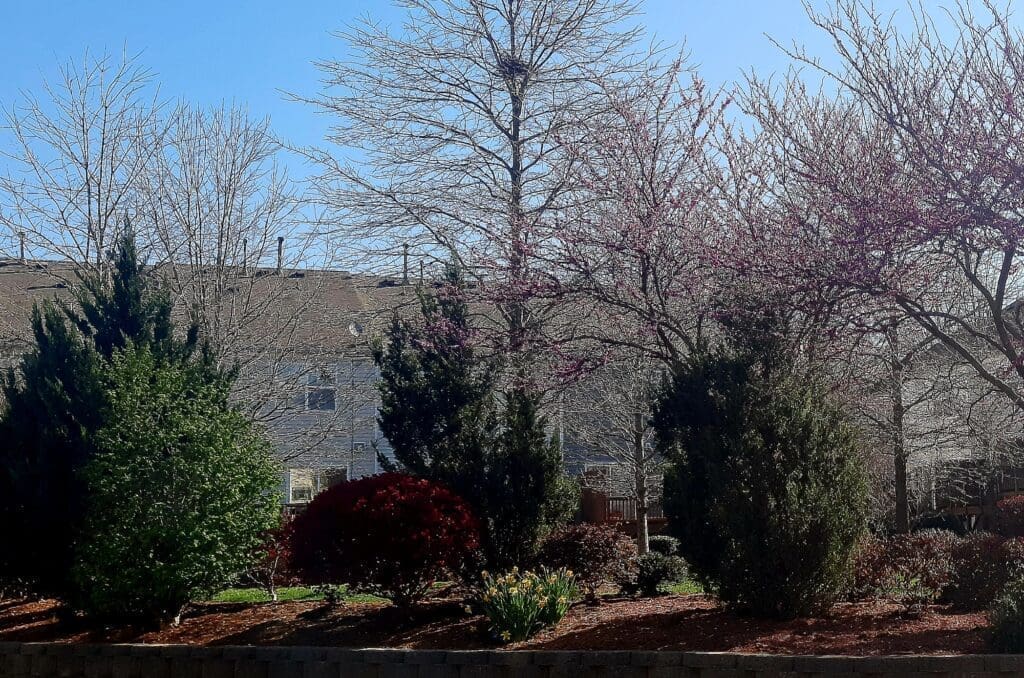

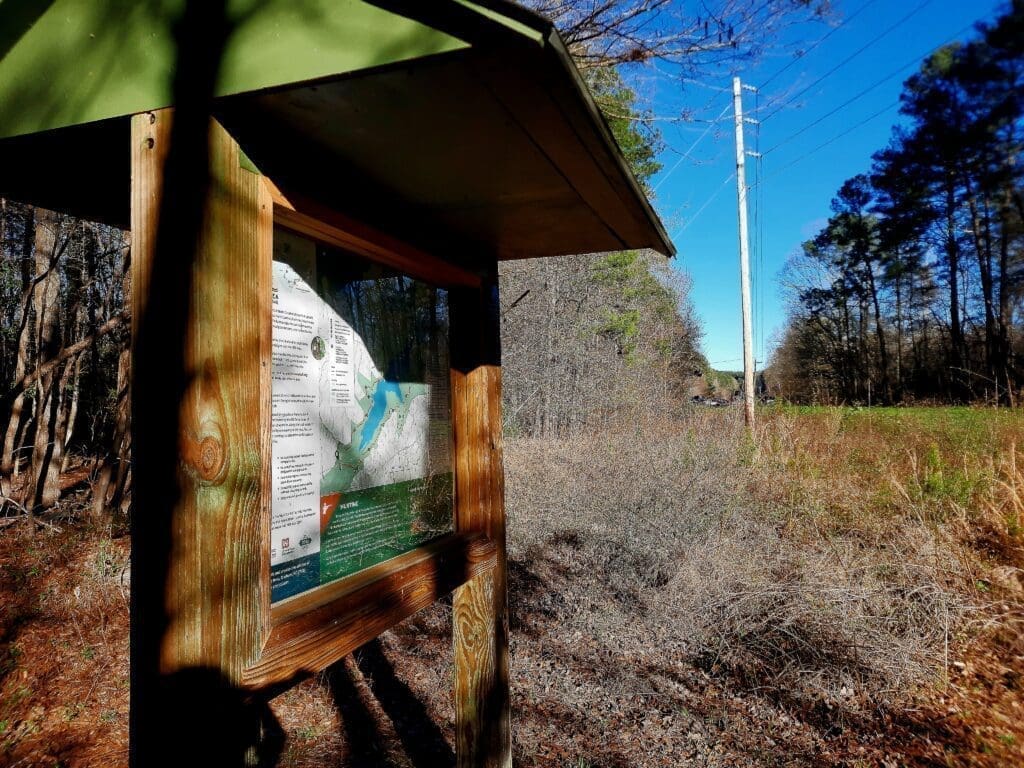

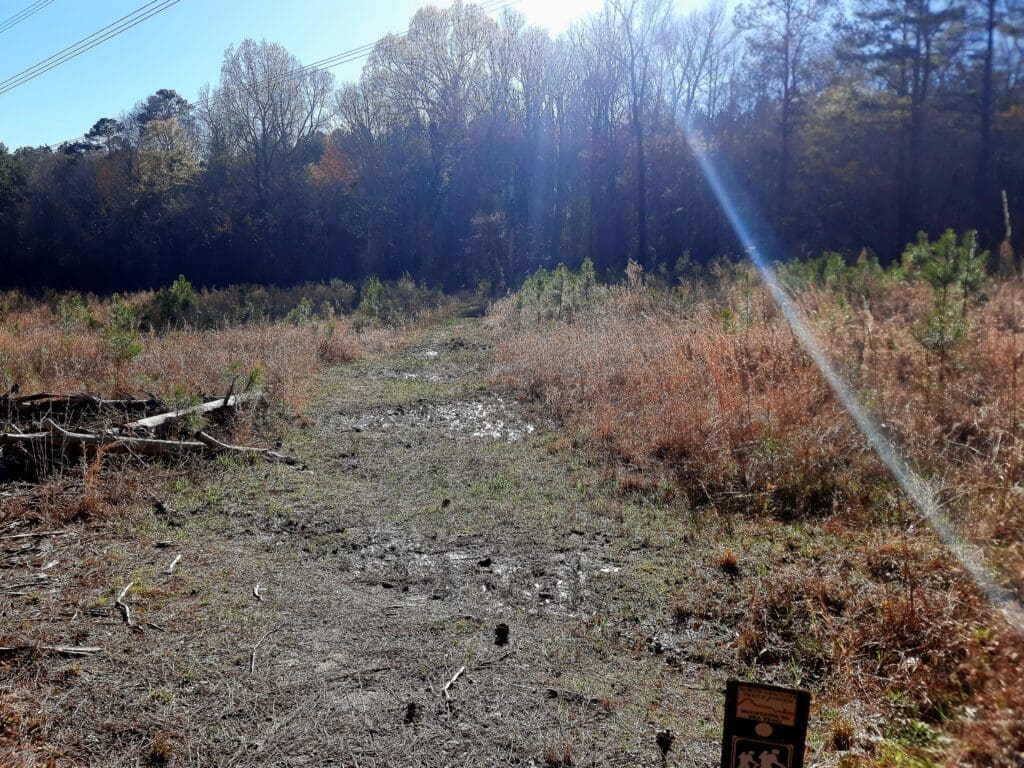
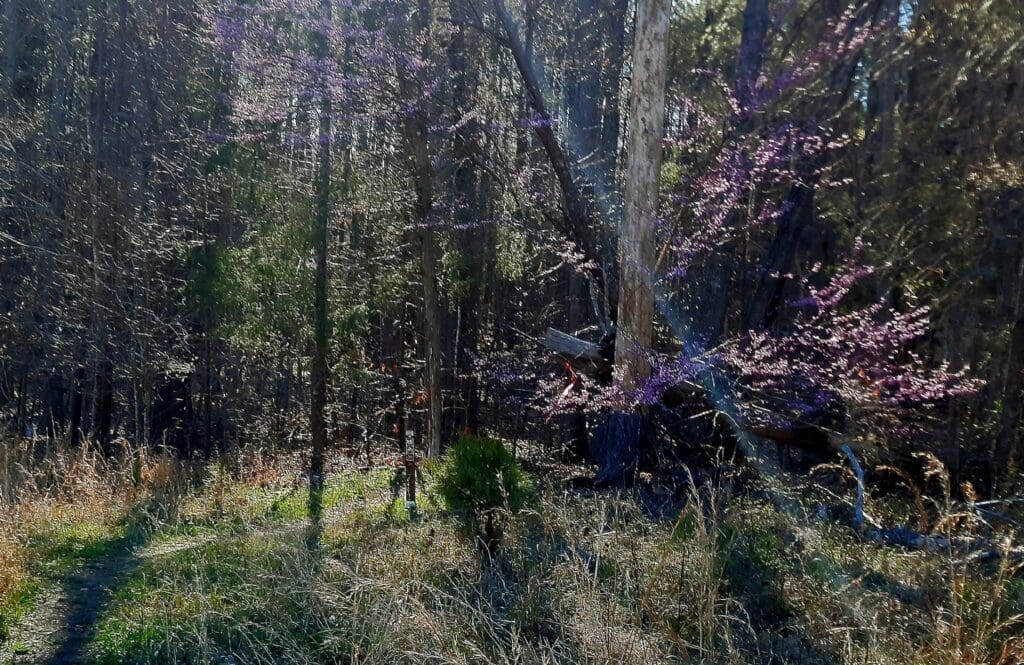

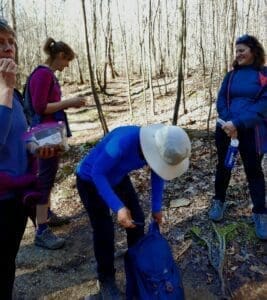
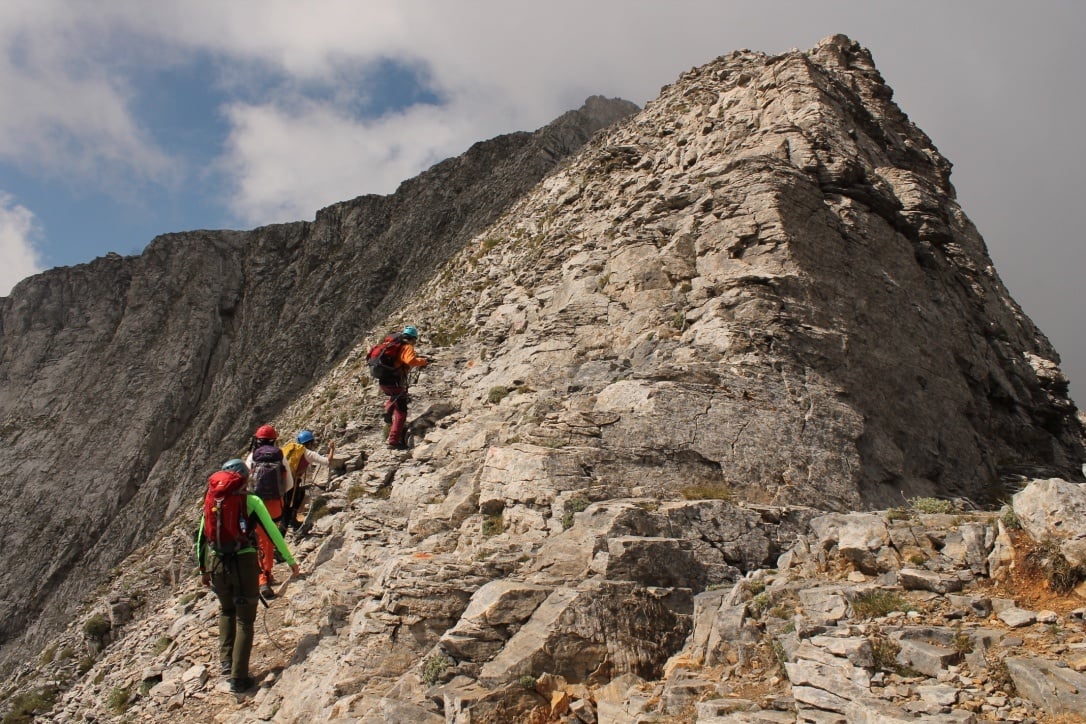
![[42+] Patience Grasshopper](https://external-content.duckduckgo.com/iu/?u=https%3A%2F%2Fimages-na.ssl-images-amazon.com%2Fimages%2FI%2FA16aOZsqa6L._SL1500_.jpg&f=1&nofb=1&ipt=27d1f4e4f450dca640d2dbd925545ca88638125e3d5cd2b77ab44cc7f01bd3a9&ipo=images)

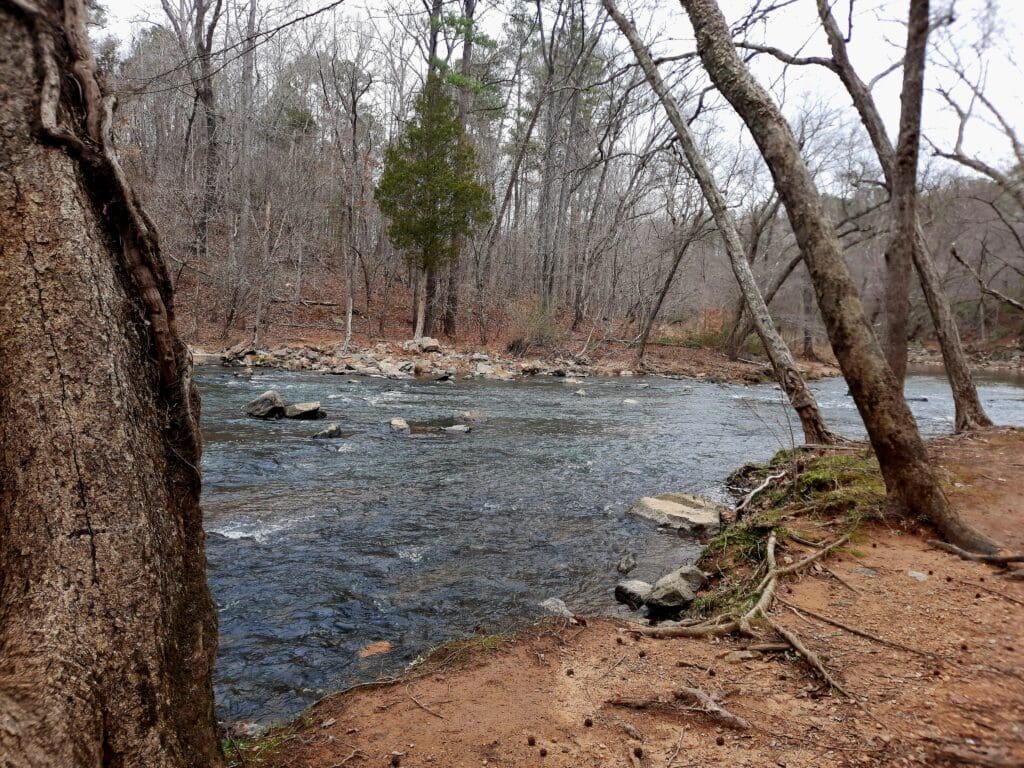
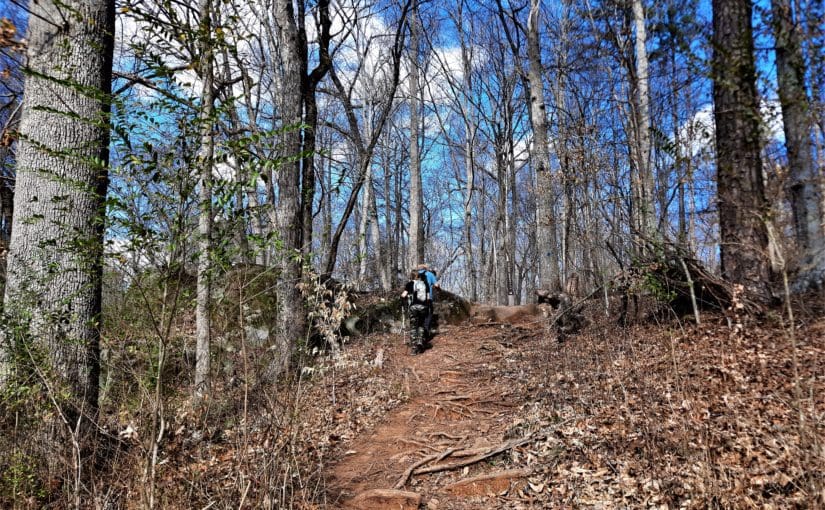



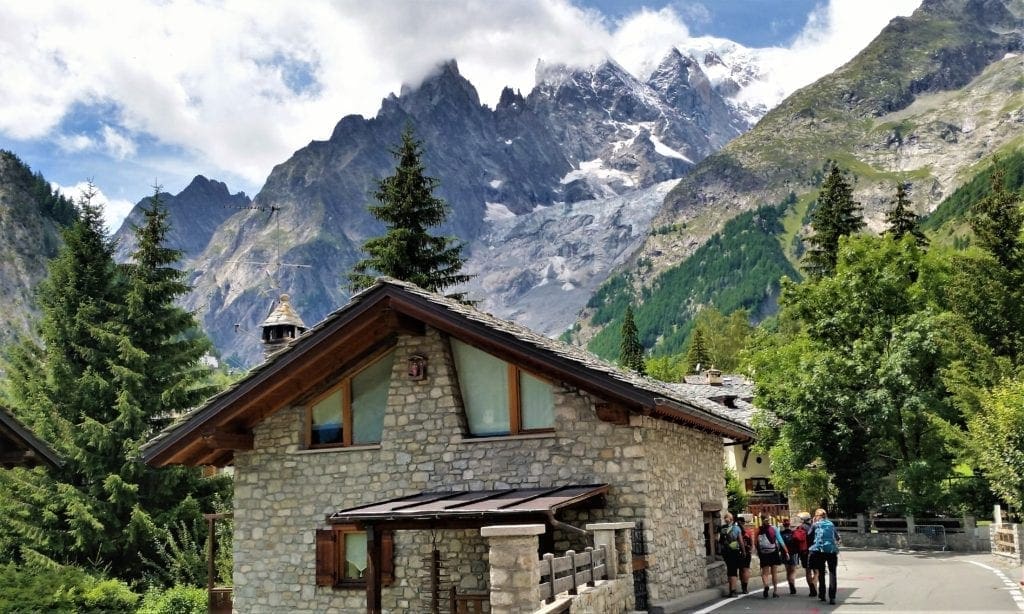
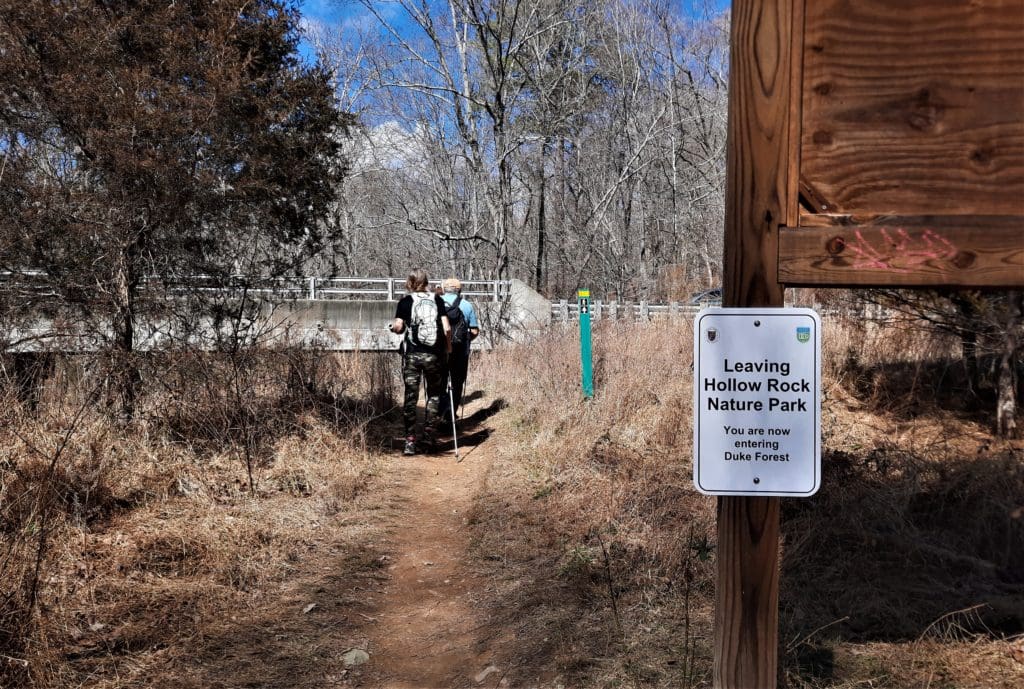
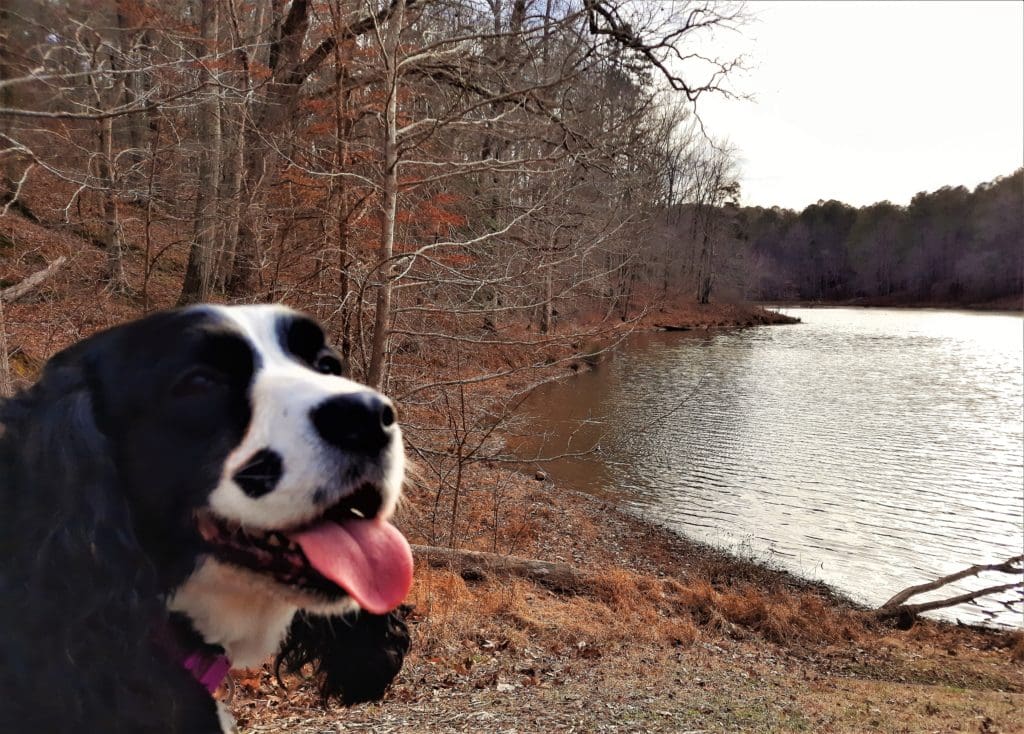

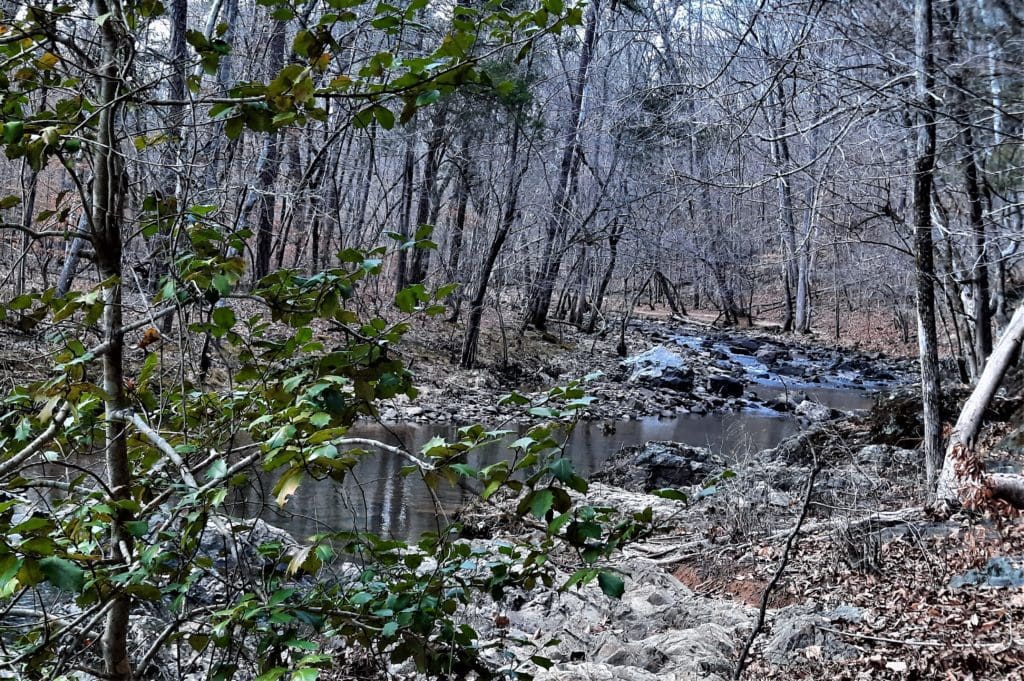
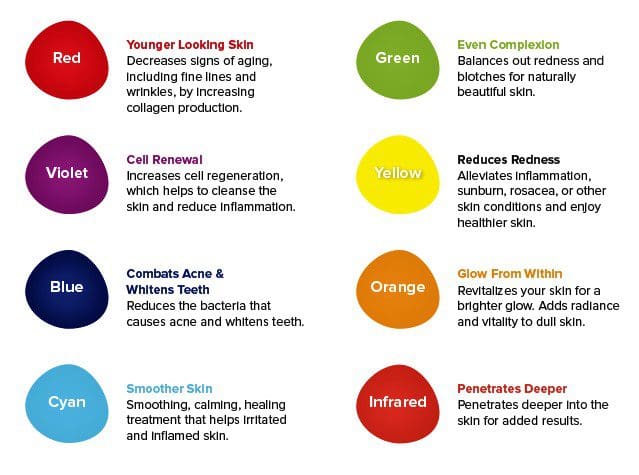
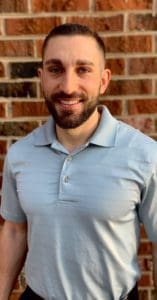
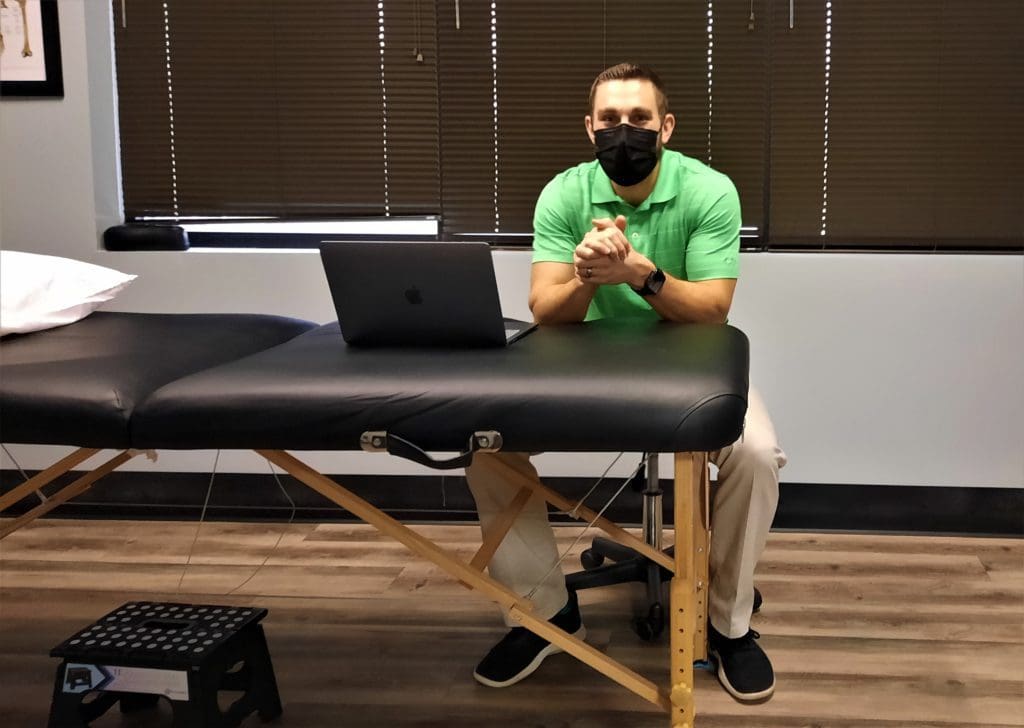
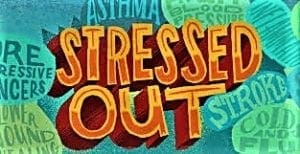
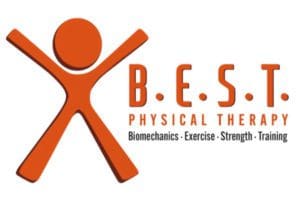 During a typical visit, they use various hands-on techniques to reduce pain and improve mobility, and then they go on to use individually designed corrective exercises to further improve any weaknesses.
During a typical visit, they use various hands-on techniques to reduce pain and improve mobility, and then they go on to use individually designed corrective exercises to further improve any weaknesses. 